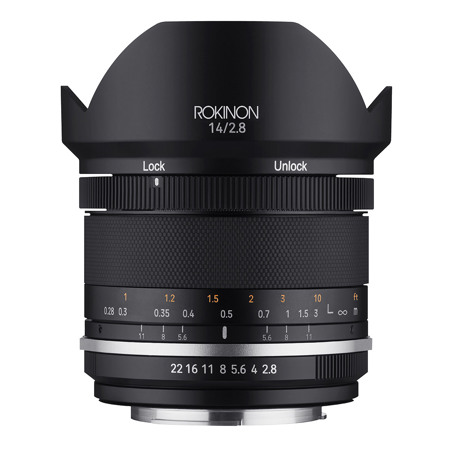Shooting for the Stars
Astrophotography is pure magic—it’s where science meets art, and the night sky becomes your canvas. Whether you're capturing the Milky Way’s shimmering glow or tracing meteor showers, having the right DSLR can make all the difference. Unlike everyday photography, astrophotography demands cameras with exceptional low-light sensitivity, high ISO performance, and minimal noise.
But don’t worry—you don’t need a NASA-grade setup to take breathtaking celestial shots! Many DSLRs today are perfectly suited for stargazing adventures. From full-frame powerhouses to budget-friendly crop sensors, we’ll guide you through the best options to help you photograph the cosmos like a pro.
Top DSLRs with Excellent Low-Light Performance
When it comes to astrophotography, not all cameras are created equal. You need a DSLR that excels in dim conditions without turning your starry sky into a grainy mess. The Canon EOS 6D Mark II is a fan favorite, thanks to its full-frame sensor and impressive high-ISO capabilities—perfect for crisp night shots.
If you’re team Nikon, the D850 is a stellar choice with its dynamic range and low-noise performance, even at ISO 6400. For those on a budget, the Pentax K-70 punches above its weight with built-in astrotracer technology, reducing star trails without a tracker. Each of these cameras brings something special to the table, ensuring your astro shots are nothing short of dazzling.
Best Lenses for Capturing the Night Sky
A great DSLR is only half the battle—your lens plays a starring role in astrophotography! Wide-angle lenses with fast apertures (f/2.8 or wider) are ideal for soaking up as much starlight as possible. The Rokinon 14mm f/2.8 is a budget-friendly gem, delivering sharp, distortion-free images of the Milky Way.
For those willing to invest, the Canon EF 24mm f/1.4L II is a dream lens, offering buttery-smooth bokeh and incredible light-gathering power. If you prefer zoom versatility, the Sigma 14-24mm f/2.8 DG HSM Art is a fantastic option, balancing sharpness and flexibility. Pair one of these with your DSLR, and you’ll be capturing nebulas and constellations in no time!
Tips for Long Exposure and Star Trails
Mastering long exposures is key to stunning astrophotography. Start with a sturdy tripod—any wobble will ruin your shot! Set your camera to manual mode, use a remote shutter (or the 2-second timer), and keep exposures between 15-30 seconds to avoid star trailing (unless that’s your goal!).
For dreamy star trails, try stacking multiple 30-second exposures in post-processing. A wide aperture (f/2.8 or lower) and high ISO (1600-3200) will help capture faint stars, but don’t push ISO too high to avoid noise. And don’t forget—shooting during a new moon and away from light pollution will make your images truly shine!
Explore the Cosmos
The universe is vast, mysterious, and endlessly photogenic—and with the right DSLR and techniques, you can bring a piece of it into your portfolio. Whether you’re a seasoned astrophotographer or just starting, the gear and tips we’ve shared will help you capture the night sky in all its glory. So grab your camera, head to a dark-sky location, and let the stars be your guide. Happy stargazing!




0 Comments